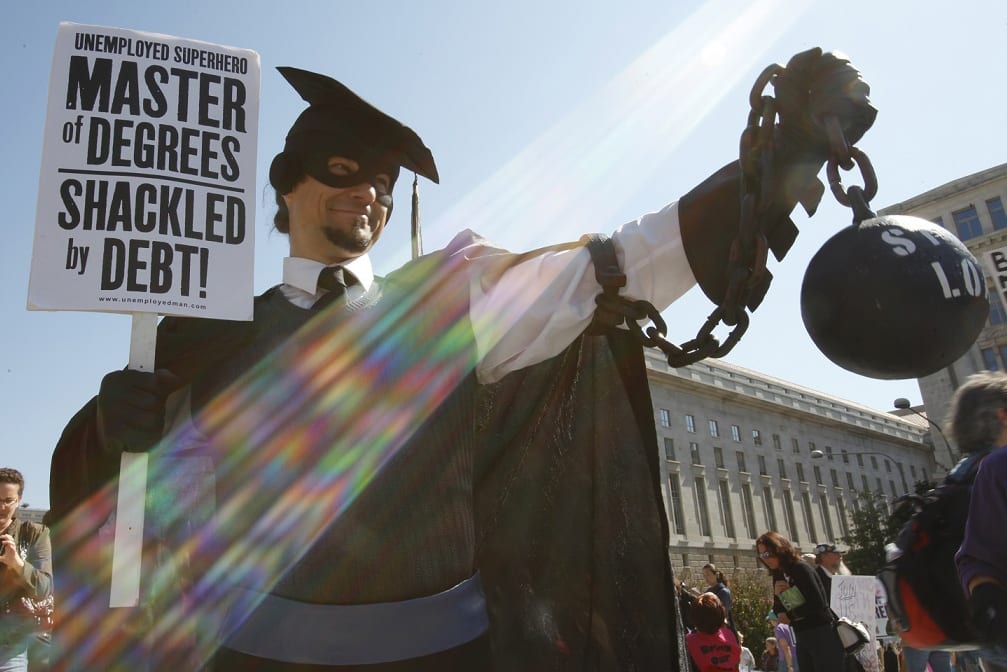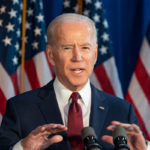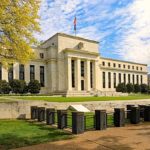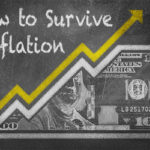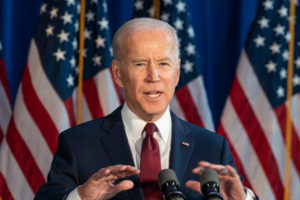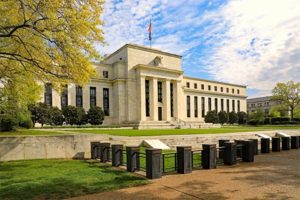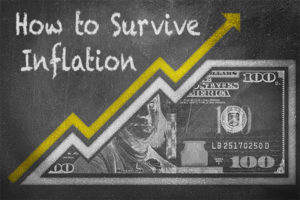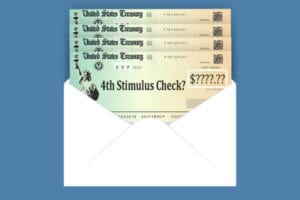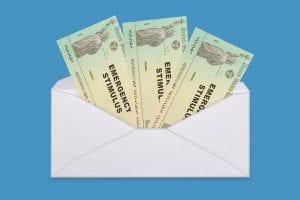Senate Proposes Plan to Lower Student Loan Rates Now, Raise Them Later
The U.S. Senate late Wednesday reached another deal to reset student loan interest rates, but it is unclear when that proposal will reach the floor for a vote.
Interest rates on subsidized Stafford Loans would roll down to 3.86 percent through the 2015 academic school year and then climb in the following years as the financial markets improve. The compromise includes a cap on Stafford and PLUS loans, and a low interest rate based on the 10-year Treasury notes.
The deal is retroactive to July 1, 2013.
Bloomberg reports that under the new proposal, interest rates on new subsidized Stafford Loans for undergraduate students could jump as high as 8.25 percent after 2015.
Rates on graduate Stafford Loans would be capped at 9.5 percent and PLUS Loans, available to parents of undergraduates and graduate students, would be capped at 10.5 percent, the report shows.
The U.S. House of Representatives in May passed a bill that would also link interest rates to the 10-year Treasury note. Differences between the two versions should be resolved before students return to classes this fall.
The rates set in the new proposal would generate nearly $715 million in savings that would be designated toward reducing the federal deficit, according to the terms of the deal. Senate aides told news agencies they expect senators will vote on the proposal next week.
This new compromise comes on the heels of a failed short-term fix proposed by the Senate last week that would have dropped interest rates on subsidized Stafford Loans back to 3.4 percent for one more year. The measure required 60 votes to pass, but failed with a vote of 51-49.
Student Loan Rates Doubled on July 1
Lawmakers allowed the student loan interest rates on new subsidized Stafford Loans to double from 3.4 percent to 6.8 percent on July 1.
Congress’ Joint Economic Committee estimates the hike will balloon interest payments by $4,500 for college students who borrow the maximum amount of subsidized Stafford Loans during their college careers. Average borrowers will face an increase of $2,600 in interest payments.
All student loan debt stands at about $1.2 trillion, surpassing the nation’s combined credit card debt. The Department of Education projects an estimated $28 billion worth of new subsidized Stafford Loans will be applied for during the 2013-14 academic year.
These loans are based on financial need and the government pays the interest while the student is still in school.
Although several proposals remain on the table, it’s unclear if lawmakers will act on any of them.
More than 7 Million New Student Borrowers Affected
While the rate increase will not affect any former student borrowers, who owe the federal government approximately $1 trillion in outstanding loans, the new rate increase will affect some 7 million current students, or an estimated 26 percent of all new federal student loan borrowers.
Interest rates on federal student consolidation loans, which allow borrowers to bundle all their student loans into one package, and which are based on the average of all the combined interest rates, could also rise for borrowers who are hit with the Stafford Loan increase.
Not All Student Loans Hit by Interest Rate Hike
Rates on existing subsidized Stafford Loans, which were reduced gradually from 6.8 percent in 2007 to the current 3.4 percent rate, will not change. Interest rates on unsubsidized Stafford Loans, where students pay all the interest, are set at 6.8 percent.
Also unaffected are the government’s PLUS Loans. These are made to graduate students and parents of undergrads at an interest rate of 7.9 percent.
Perkins Loans, awarded to students with exceptional financial need, remain at the 5 percent interest rate.
Proposals to Address the Student Loan Dilemma Go Nowhere
The House and the Senate, as well as President Obama, have all offered different ideas of how they would like to revamp the government’s student loan programs, but so far, they have failed to reach an agreement.
House Republicans prefer to tie all Stafford Loan rates to the 10-year Treasury note plus 2.5 percent. That would have set the 2014 year’s Stafford Loans at 4.66 percent. The rate for existing loans would recalculate every year, and as the Treasury rate increases, loan rates could increase as well up to an 8.5 percent cap.
Senate Republicans desire a 3-percent add-on to the 10-year Treasury rate for all student loans. That policy would set next year’s rate at 5.16 percent. Rates would not vary over the life of existing loans, but there would be no rate cap on new ones.
A bill offered by Senator Jack Reed (D-R.I.) intends to tie loan rates to the three-month Treasury bill, and recalculate them every year. Subsidized Stafford Loans would be capped at 6.8 percent, and unsubsidized Stafford and PLUS loans would be capped at 8.25 percent.
Senator Elizabeth Warren (D-MA) introduced the Bank on Students Loan Fairness Act that would tie the subsidized Stafford loan rate to the Federal discount rate (the rates at which big banks borrow funds from the Federal Reserve), now set to 0.75 percent. However, the subsidized rate would balloon to 6.8 percent in 2014.
Various other plans have been introduced in both houses of Congress, but no one version has achieved a majority of support. Some lawmakers simply want to extend the current 3.4 percent rate for another year, giving legislators more time to find a permanent fix for the problem.
Finally, President Obama has suggested that loan rates be tied to the 10-year Treasury note, plus 0.93 percent for the subsidized Stafford Loan, 2.93 percent for the unsubsidized Stafford Loan, and 3.93 percent for PLUS Loans.
For 2013, those rates would be 3.09 percent, 5.09 percent and 6.09 percent, respectively. The rates would not vary over the life of the loan, but there would be no interest rate caps on any of the different types of loans.
Sources:
- Matthews, D. (2013, June 13).Everything You Need to Know About the Student Loan Rate Hike. Washington Post. Retrieved from http://www.washingtonpost.com/blogs/wonkblog/wp/2013/06/13/everything-you-need-to-know-about-the-student-loan-rate-hike/
- Liberto, J. (2013, May 28). 7 Million Students Brace for Surge in Loan Rates. CNN Money. Retrieved from http://money.cnn.com/2013/05/28/pf/college/student-loan-rates/index.html
- Voxxi.com. (2013, June 30). Federal Student Loan Rates Double on Monday. Retrieved from http://www.voxxi.com/student-loan-rates-double-monday/
- United Stated Congress/Joint Economic Committee. (2013, June.) The Causes and Consequences of Increasing Student Debt. Retrieved July 1, 2013, from http://www.jec.senate.gov/public/?a=Files.Serve&File_id=d7937b2f-e01c-4721-8b8b-09f5776725a1
- Department of Education. (2013) Student Loans Overview: Fiscal Year 2014 Budget Proposal. Retrieved from http://www2.ed.gov/about/overview/budget/budget14/justifications/s-loansoverview.pdf
- You will need Adobe Reader to view the PDF Download Adobe Reader

